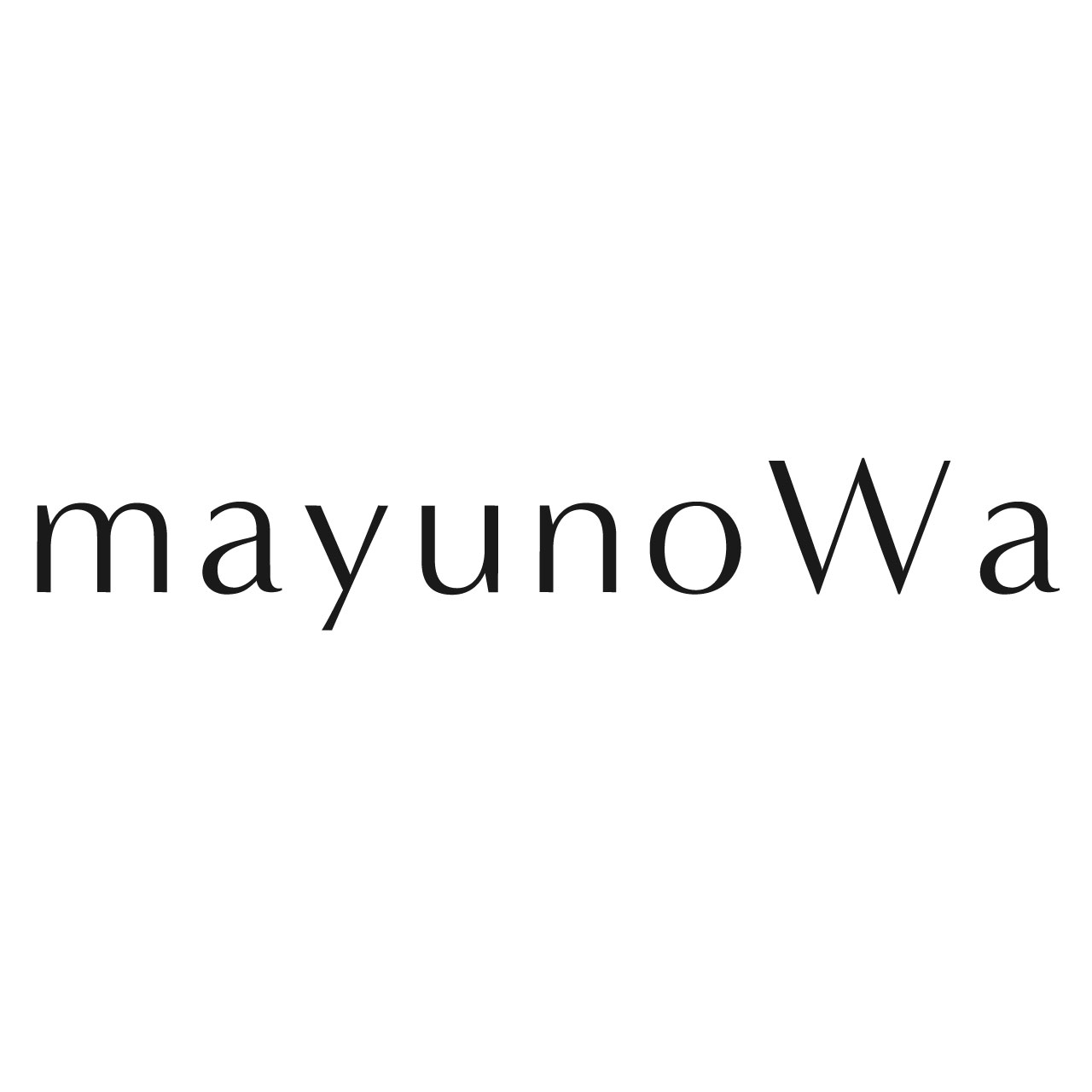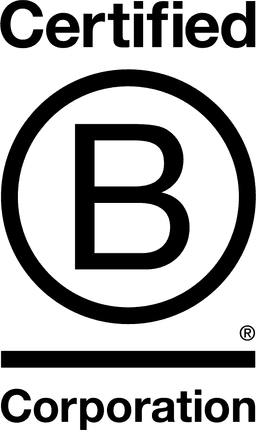

mayunowa LLC

Kanagawa Prefecture, Japan
March 2022
Personal care products
Manufacturing
Japan
We, mayunowa, have established a new cosmetics company for the manufacture of cosmetic products, focusing skin's immune function. All the ingredients we use have excellent biocompatibility. We use eco-friendly ingredients. We procure plant-based ingredients from recycle-oriented farmers. We select materials with minimum residual risks and those that are produced without using alcohol or other solvents that may have negative impacts on the environment. These selections are made based on our strict standards. We have developed our original "Kinu Biyo" (Silk Beautification), in which we polish up the skin using the Sericin Beaute water-warmed brushes. We have developed this method by combining the master craftsmanship of the Kumano Fude brush and purely-domestic rare silk. It is a relaxation technique that leads one into a deep sleep by approaching the fascia and meridians deep within the skin. Our Silk Beautification, in which all materials are designed to be friendly to both the skin and the environment, is employed by many esthetic salons in luxury hotels as a purely Japanese spa menu for quickly healing the eyes, skin and minds, away from stressful daily life.
Overall B Impact Score
Governance 9.9
Governance evaluates a company's overall mission, engagement around its social/environmental impact, ethics, and transparency. This section also evaluates the ability of a company to protect their mission and formally consider stakeholders in decision making through their corporate structure (e.g. benefit corporation) or corporate governing documents.
What is this? A company with an Impact Business Model is intentionally designed to create a specific positive outcome for one of its stakeholders - such as workers, community, environment, or customers.
Community 47.5
Community evaluates a company’s engagement with and impact on the communities in which it operates, hires from, and sources from. Topics include diversity, equity & inclusion, economic impact, civic engagement, charitable giving, and supply chain management. In addition, this section recognizes business models that are designed to address specific community-oriented problems, such as poverty alleviation through fair trade sourcing or distribution via microenterprises, producer cooperative models, locally focused economic development, and formal charitable giving commitments.
Environment 29.1
Environment evaluates a company’s overall environmental management practices as well as its impact on the air, climate, water, land, and biodiversity. This includes the direct impact of a company’s operations and, when applicable its supply chain and distribution channels. This section also recognizes companies with environmentally innovative production processes and those that sell products or services that have a positive environmental impact. Some examples might include products and services that create renewable energy, reduce consumption or waste, conserve land or wildlife, provide less toxic alternatives to the market, or educate people about environmental problems.
What is this? A company with an Impact Business Model is intentionally designed to create a specific positive outcome for one of its stakeholders - such as workers, community, environment, or customers.
Customers 4.5
Customers evaluates a company’s stewardship of its customers through the quality of its products and services, ethical marketing, data privacy and security, and feedback channels. In addition, this section recognizes products or services that are designed to address a particular social problem for or through its customers, such as health or educational products, arts & media products, serving underserved customers/clients, and services that improve the social impact of other businesses or organizations.